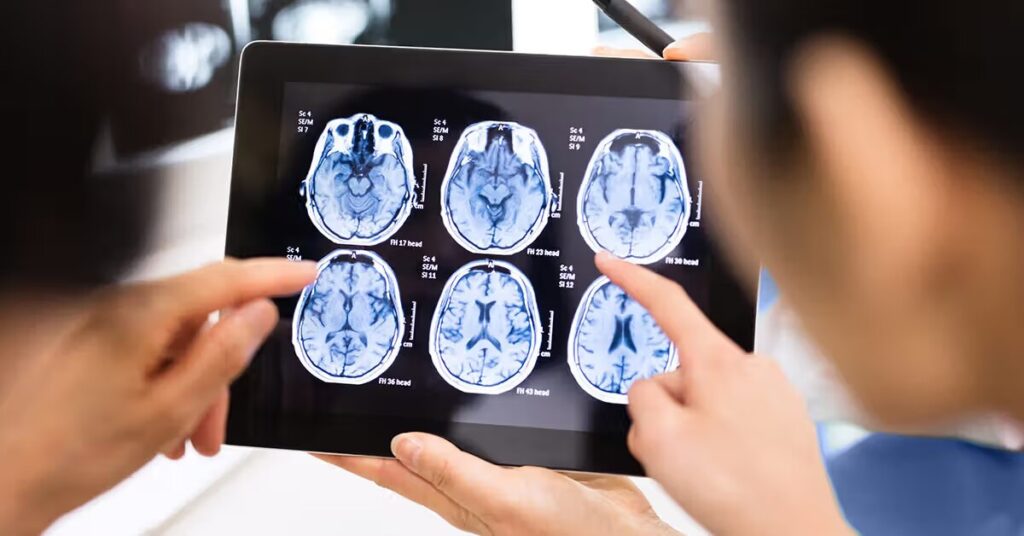
Microplastics in the Brain and Testicles: A New Health Concern We Can’t Ignore
- By apentengcollins
- September 13, 2024

Microplastics are back in the spotlight—and this time, the news is unsettling. Recent studies have found these tiny plastic particles in two of the most sensitive parts of the human body: the brain and testicles. Yep, you read that right. It’s a new chapter in the ongoing plastic pollution crisis, and it’s got scientists worried about what these little particles might be doing to our health.
Microplastics in the Brain? Yep, It’s Happening
In 2023, scientists discovered microplastics in the brains of lab mice. Somehow, these particles managed to slip past the brain’s protective barrier, known as the blood-brain barrier. That barrier is supposed to block harmful stuff from getting into our brains, but it seems like microplastics found a way through.
Now, we don’t fully know how this might affect humans yet, but it’s a big red flag. If microplastics can reach our brains, there’s a chance they could mess with how brain cells function, cause inflammation, or even increase the risk of diseases like Alzheimer’s. It’s already unsettling that these plastics are in the air we breathe and the food we eat—now, they may even be finding their way into our brains.
Microplastics in Testicles: Fertility at Risk?
As if microplastics in the brain weren’t concerning enough, researchers made another disturbing discovery. In 2024, a study found that these plastics had crossed the blood-testis barrier (which is meant to protect reproductive organs) and entered human testicular tissue. Why does this matter? Well, research has already suggested that microplastics could harm sperm quality and lower testosterone levels. So, this new finding raises questions about male fertility and the potential for long-term reproductive health issues.
In animal studies, microplastics have disrupted reproductive hormones, which doesn’t paint a good picture for humans either. If these particles can break through barriers meant to protect our brain and reproductive organs, it seems like no part of the body is off-limits to them.
Microplastics Are Everywhere—and They’re a Big Deal
Microplastics are turning up just about everywhere these days. They’ve been found in our homes, our food, and our water, and now they’ve been detected in the brain, testicles, lungs, liver, and even the placenta. It’s not just a pollution problem anymore; it’s quickly becoming a health crisis.
Scientists are scrambling to figure out how these tiny plastic particles affect our bodies. So far, microplastics have been linked to all kinds of issues, from heart disease and hormone problems to an increased risk of cancer. While much of the research has been done on animals, the results are worrying enough to make us all sit up and take notice.
What Can You Do to Reduce Your Exposure?
While the scientists figure out what’s going on, there are a few things you can do to reduce your exposure to microplastics:
It’s tough to avoid microplastics entirely since they’re so widespread, but small changes can make a difference in limiting how much you come into contact with.
The Bottom Line
The discovery of microplastics in our brain and testicles is a wake-up call. Plastic pollution isn’t just harming the environment anymore—it’s becoming a serious health issue. While we don’t yet know the full impact, it’s clear that we need to pay attention to how much plastic is in our lives. In the meantime, making small changes to reduce plastic use is a step in the right direction.
Source: greenerideal
Connect with us on Instagram